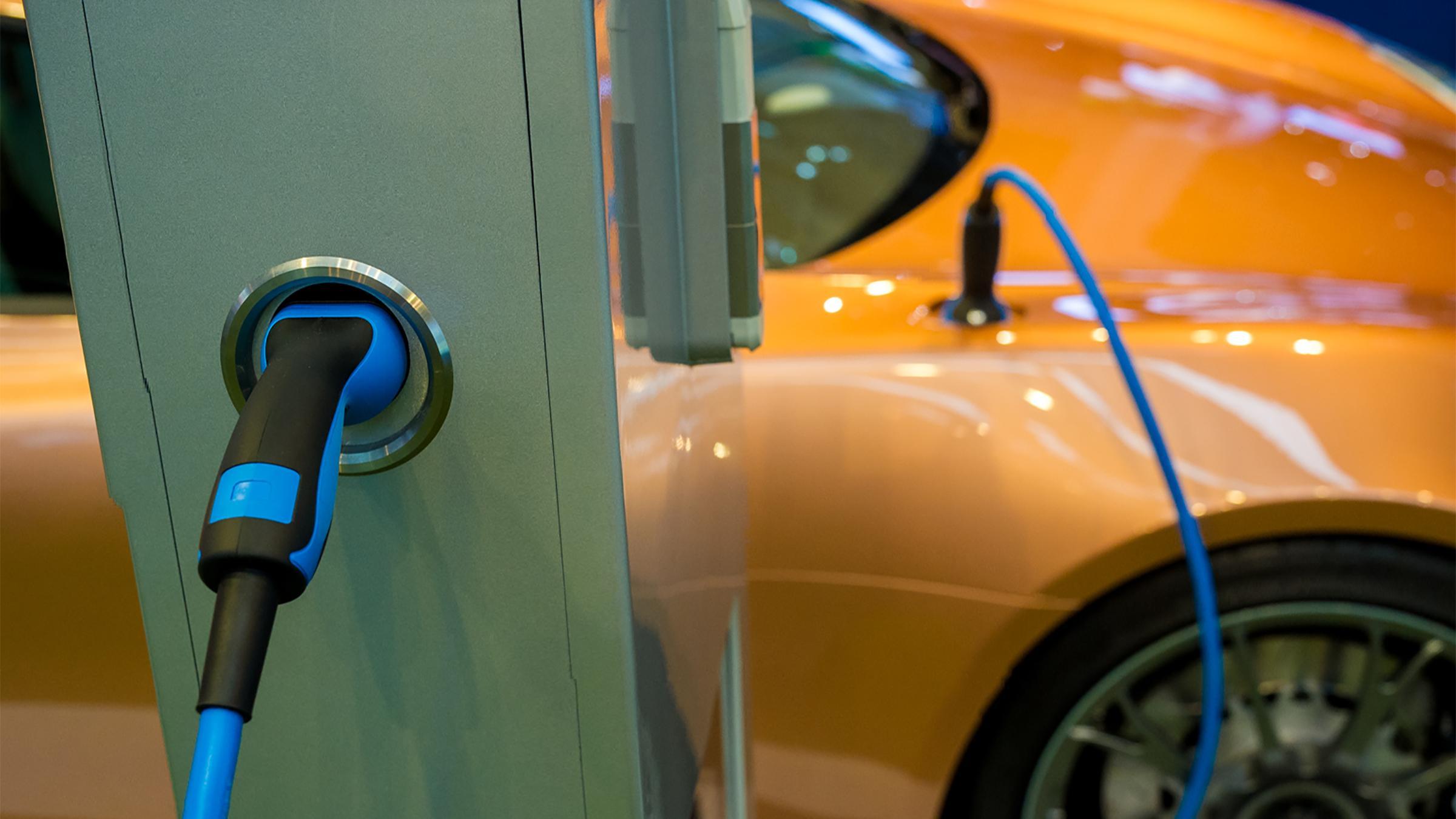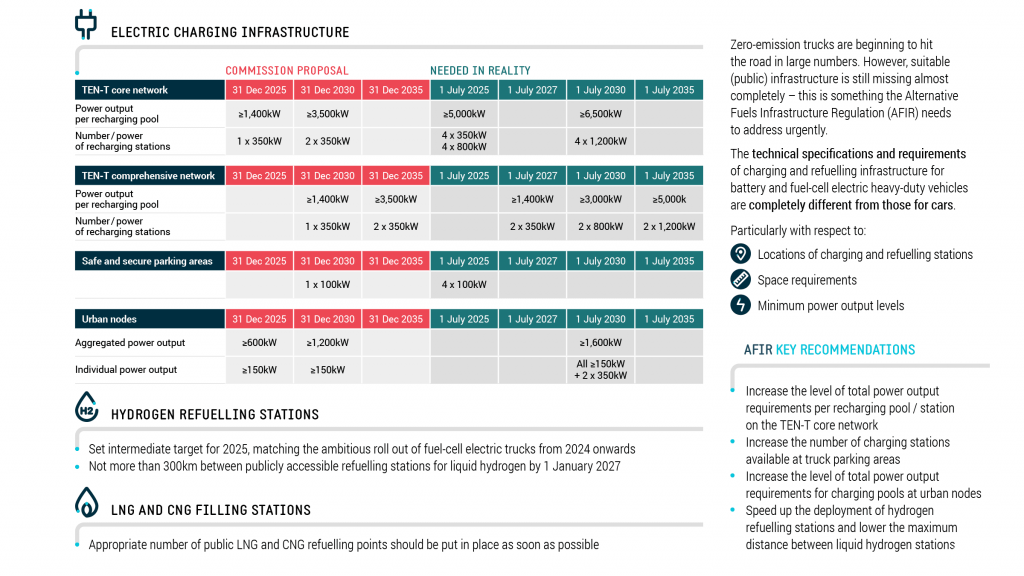Position paper – Proposal for the Alternative Fuels Infrastructure Regulation (AFIR)

The proposed Alternative Fuels Infrastructure Regulation, as a central pillar of the European Commission’s Fit for 55 climate package, must be fully synchronised with the CO2 regulations.
Any CO2 reduction targets – regardless of whether they are for cars, vans or heavy-duty vehicles – can only be met if these targets are accompanied by equally ambitious, and mandatory, infrastructure targets for all 27 EU member states.
As this position paper explains, the European Automobile Manufacturers’ Association (ACEA) appreciates the change from a Directive to a Regulation, as this provides much higher legal certainty for all parties.
Given today’s insufficient deployment of charging and refuelling infrastructure across the European Union, ACEA welcomes the introduction of mandatory targets for member states, instead of today’s indicative targets.
The auto industry is also pleased to note that the AFIR proposal addresses the requirements of all vehicle types – not only cars, but also those of vans and heavy-duty vehicles.
However, Europe’s automobile manufacturers are seriously concerned about the overall lack of ambition of the AFIR proposal, which seems to be even lower than the requirements of the current Alternative Fuels Infrastructure Directive (AFID).
Europe’s automobile manufacturers are seriously concerned about the overall lack of ambition of the AFIR proposal, which seems to be even lower than the current AFID requirements.
Key recommendations
Light-duty vehicles
- Increase the level of power needed for public charging
- Align the implementation timeline of the TEN-T core network with that of the TEN-T comprehensive network, while increasing the overall power installed per charging point
- Introduce a density parameter for charging points
- Stimulate fast charging deployment
- Take into account the specificities of vans
- Lower the maximum distance between hydrogen refuelling stations and speed up their deployment (Article 6)
Heavy-duty vehicles
- Increase the level of total power output requirements per recharging pool / station on the TEN-T core network (Article 4, para 1a)
- Increase the number of charging stations available at parking areas (Article 4, para 1c)
- Increase the level of total power output requirements for charging pools at urban nodes (Article 4.1e)
- Speed up the deployment of hydrogen refuelling stations (Article 6)
- Lower the maximum distance between liquid hydrogen stations (Article 6)
All vehicle segments
- Clarify the definition of ‘publicly accessible’
- Speed up national implementation (Article 15)
- Support standardisation of charging infrastructure and the roaming of ECVs
Downloads
Copyright notice
Reproduction of the content of this document is not permitted without the prior written consent of ACEA. Whenever reproduction is permitted, ACEA shall be referred to as source of the information. Quoting or referring to this document is permitted provided ACEA is referred to as the source of the information.



